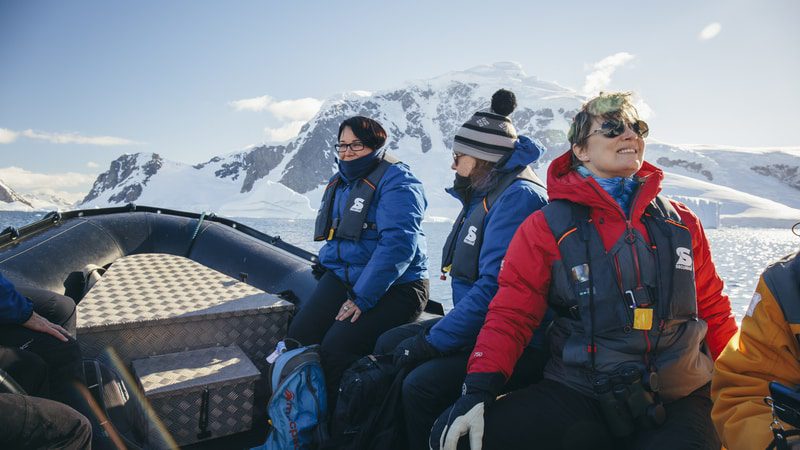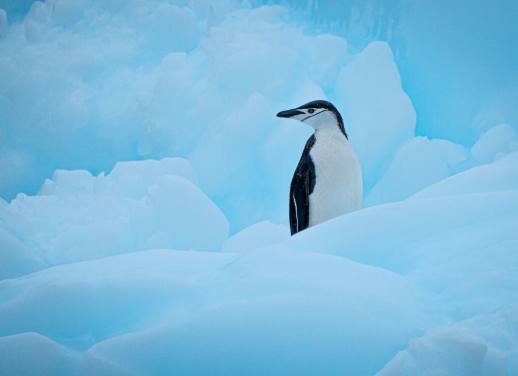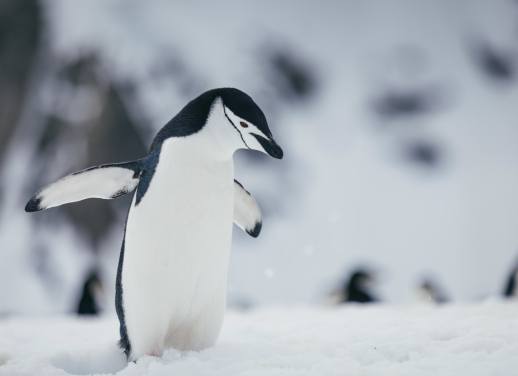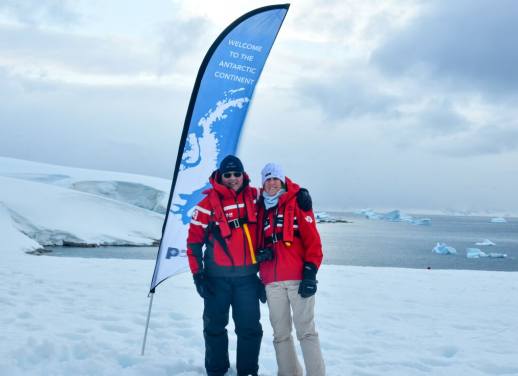Citizen science taps into the power of travellers to assist researchers all around the world – recording data, making observations and reporting on natural phenomena. And yes, you can even do it in Antarctica.
Antarctic travel needs to be about more than just a holiday. Considering the amount of energy and carbon it takes to reach the Antarctic Peninsula, a thousand kilometres south of Ushuaia, across the wild Drake Passage, a visit to the world’s last untouched wilderness needs a reason.
This is what makes citizen science great. It’s a chance to learn a lot, feel more connected to the continent and contribute in a very real way to valuable scientific studies. And anyone can do it! Even if biology class is a distant memory of frog dissection, you can make observations and record data that will impact global research.
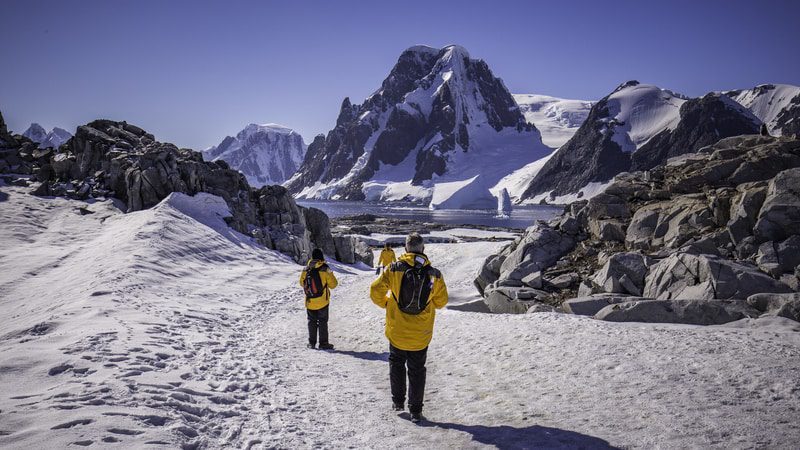
“When we’re down in Antarctica, I think we have an ethical obligation to enrich people’s experience, and make that connection”, says Will Abbott, Intrepid’s Head of Operations in Antarctica. “The trip isn’t just about tourism, it’s not about an extractive experience, it’s about giving something back to the continent, often in ways you never thought you could.”
What is citizen science?
Exactly what it sounds like. Citizen science leverages the people power from ordinary travellers to assist researchers in collecting data and making observations. It’s especially useful in places that are remote, inhospitable and expensive to get to, like Antarctica.
Travellers record data under the supervision of Intrepid’s Citizen Science Coordinator, and that data is fed back to scientists all over the world. It might be a survey of migrating seabirds, measuring phytoplankton, or taking photos of a whale’s fluke (the underside of a whale’s tail as it dives).
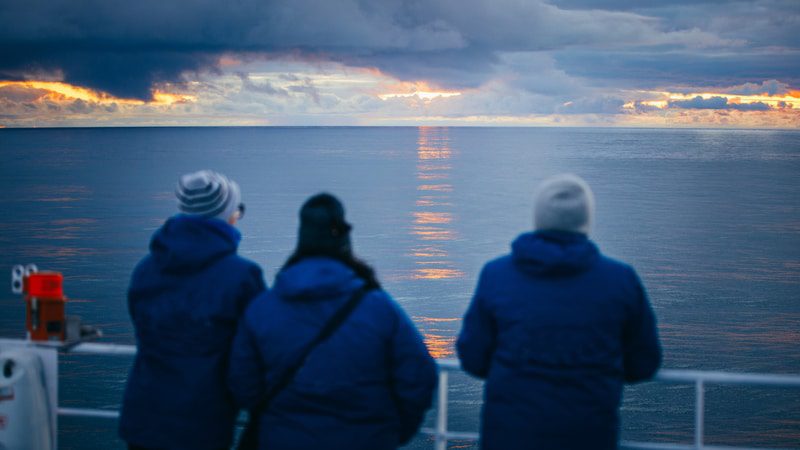
Imagine a huge, untapped pool of potential researchers, providing rolling data from the coldest, driest, highest and windiest place on earth.
“These are reputable scientific programs, but they can be helped by average Joes like you and me,” Will says. “Often the only technical skills you need are taking a photo, or collecting a sample and screwing a lid. It’s a really scalable way to help the climate movement.”
How can I get involved?
As of this year, Intrepid runs citizen science programs on all its Antarctic voyages. Our ship is the Ocean Endeavour, and every trip will be accompanied by a trained Citizen Science Coordinator. Through partnerships with NASA, Oxford University, Happy Whale and other research organisations, you’ll have a chance to join several programs during the journey. These programs aren’t compulsory, but they’re there to give you a chance to contribute to the future of Antarctica and learn more about the wilderness.
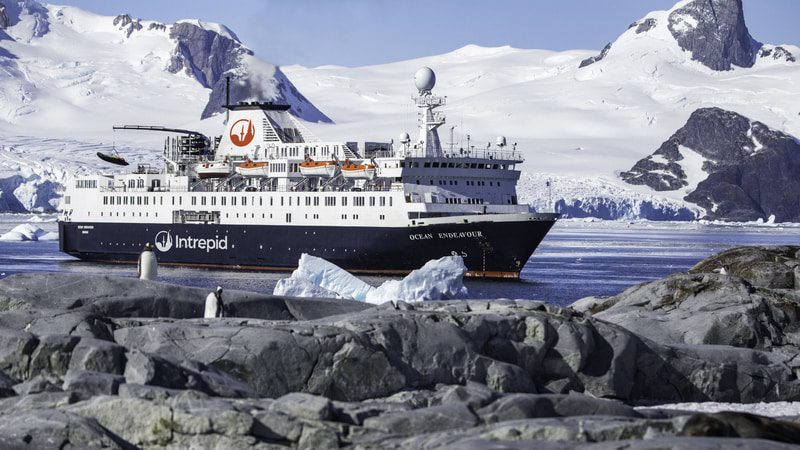
Why is citizen science important for Antarctica?
Antarctica and the Southern Ocean play a critical role in regulating the Earth’s climate, which sort of makes Antarctica ground zero when it comes to climate change. What happens here affects the entire planet. Scientists need to know how clouds are forming day by day. They need to track animal migration, observe weather patterns, and measure the health of phytoplankton – the tiny microscopic organisms that form the basis of the ocean’s entire food chain. But it’s hard, and very expensive, for researchers to do this year-round. Which is why they need citizen scientists, out there on the front lines, collecting data.
What programs can I join?
We currently have five citizen science programs running aboard the Ocean Endeavour. Some of these programs have number caps, which means not everyone will be able to participate. But don’t worry, you’ll still get to share the experience.
“Even if you’re not one of the ten people on the Zodiac collecting phytoplankton, our Citizen Science Coordinator will be taking photos and sharing the results at what we call ‘Recap’ – the half hour before dinner each night where everybody gathers in the main lounge to share the highlights of the day,” Will says.
Here are the five programs Intrepid supports in Antarctica:
NASA’s Globe Observer
Clouds affect how much sunlight the Earth absorbs and how much heat escapes back into space. Trouble is, even though satellites can spot clouds, their patterns need to be verified by watchers on the ground. By observing and recording cloud cover timed to NASA satellite flyovers, citizen scientists will contribute to valuable climate research.
Happy Whale
During your voyage, we encourage you to take photos of whales’ flukes (the underside of their tails), including any identifiable marks, and to upload these photos to a special database. Happy Whale then uses artificial intelligence and machine learning to analyse and identify each individual whale, then tracks their movement across the oceans. You can even follow a whale’s journey throughout the year online.
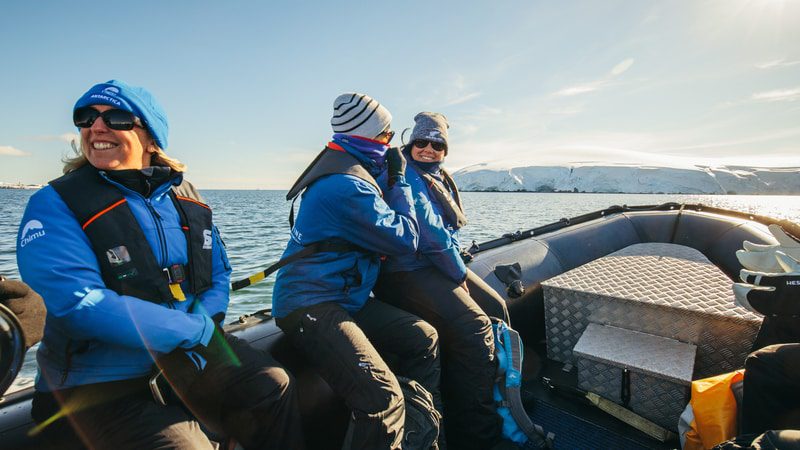
Seabird Survey
By conducting bird surveys while at sea or on shore, we can help scientists begin to understand seabird distribution patterns and habitat usage in the Southern Ocean. You will be working in small groups with a trained ornithologist, out on the decks identifying various seabirds. Definitely a good program for the twitchers out there.
Fjordphyto – Phytoplankton Sampling
Phytoplankton are the sea’s most important inhabitants, even though you can’t see them with the naked eye. They underpin the entire marine food chain and account for 50% of all the photosynthesis on earth. During your voyage, you will collect phytoplankton samples from the Zodiac, which will help researchers get a seasonal picture of phytoplankton abundance and distribution.
Secchi Disk-Study of Marine Phytoplankton
This project supports the Secchi Disk Foundation and is named after the white disk that measures the clarity of seawater. A Secchi Disk will be used to record the Secchi Depth and will be lowered vertically into the seawater from the Zodiac. This study gives you a unique insight into the marine food chain, and the data collected here will help scientists better understand the ecological health of the Antarctic Peninsula.
“It’s funny,” Will says, “because although citizen science may not be what initially attracts people to Antarctica, once they’re down there and they experience it, get involved in the projects, you can see it on their faces. They’re engaged in the wilderness. They love it.”
Want to learn more about citizen science in Antarctica? We’ve got all the info over here.

